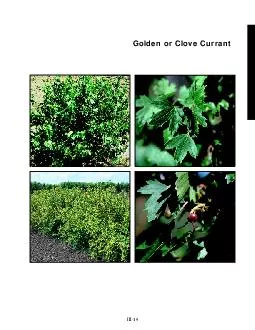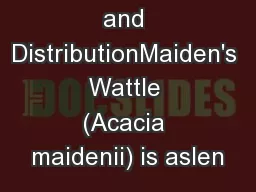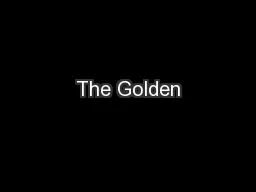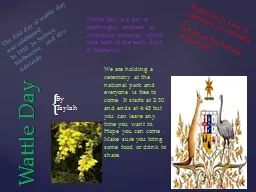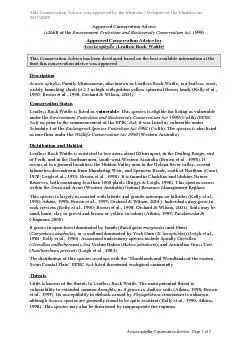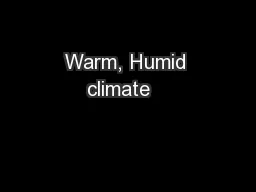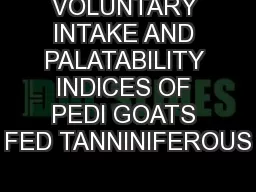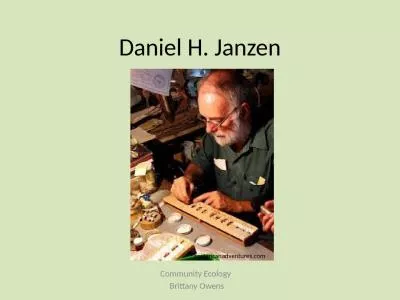PPT-Terms Acacia (Golden Wattle) ( Acacia pycnantha ) Description:
Author : phoebe-click | Published Date : 2019-11-03
Terms Acacia Golden Wattle Acacia pycnantha Description Phyllodes modified petioles parallel veins Evergreen Fruit Legume Flower Yellow Location Nonnative Originated
Presentation Embed Code
Download Presentation
Download Presentation The PPT/PDF document "Terms Acacia (Golden Wattle) ( Acacia p..." is the property of its rightful owner. Permission is granted to download and print the materials on this website for personal, non-commercial use only, and to display it on your personal computer provided you do not modify the materials and that you retain all copyright notices contained in the materials. By downloading content from our website, you accept the terms of this agreement.
Terms Acacia (Golden Wattle) ( Acacia pycnantha ) Description:: Transcript
Download Rules Of Document
"Terms Acacia (Golden Wattle) ( Acacia pycnantha ) Description:"The content belongs to its owner. You may download and print it for personal use, without modification, and keep all copyright notices. By downloading, you agree to these terms.
Related Documents



